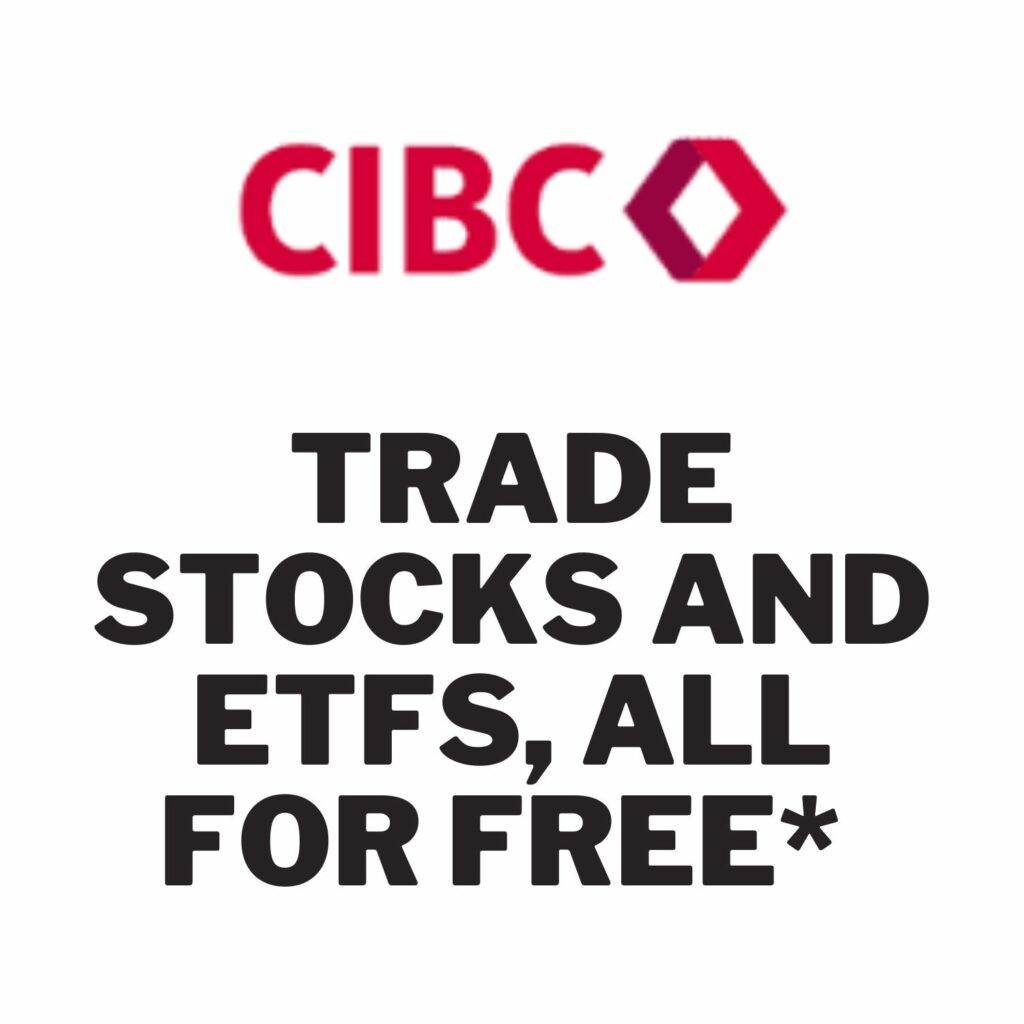When it comes to investing in growth stocks through ETFs, the Vanguard Growth ETF (VUG) is a popular choice in the United States. But what if you’re in Canada and looking for a similar investment option? Understanding the Canadian equivalent of VUG is crucial for investors who want to tap into the growth segment of the market.

Executive summary
| Question | Answer and Explanation |
|---|---|
| What Makes VUG Special? | Focuses on U.S. large-cap growth stocks, emphasizing technology (53.4%) and strong diversification. |
| Is There a Direct Canadian Equivalent? | No, but combining 50% XQQ (tech-focused) and 50% VFV (broad S&P 500 exposure) replicates VUG’s approach. |
| Why Combine XQQ and VFV? | XQQ reflects VUG’s tech allocation; VFV diversifies into other sectors like healthcare and consumer discretionary. |
| Currency Hedging Considerations | XQQ is CAD-hedged, reducing currency risk, while VFV is unhedged, introducing USD/CAD fluctuation exposure. |
| Recommendation | A 50% XQQ and 50% VFV portfolio closely matches VUG’s growth orientation with added diversification and mixed hedging. |
| Executive Summary: Best Canadian Equivalent of VUG |
What Makes VUG Special?
VUG is known for its focus on large-cap growth stocks in the U.S. market. It tracks the performance of the CRSP US Large Cap Growth Index and is favored for its diversified portfolio, low fees, and strong performance history.
VUG Top Sector allocation:
| Sector | VUG Weight |
|---|---|
| Consumer Discretionary | 20.90% |
| Health Care | 7.90% |
| Industrials | 8.80% |
| Technology | 53.40% |
Exploring Canadian Equivalent of VUG
Investors in Canada can consider a strategic combination of ETFs. While a direct Canadian equivalent to VUG doesn’t exist, a mix of certain ETFs can provide a comparable market exposure. VUG is notable for its focus on large-cap growth stocks, predominantly in the U.S. market.
A thoughtfully constructed combination, such as 50% iShares NASDAQ 100 Index ETF (CAD-Hedged) (XQQ) and 50% Vanguard S&P 500 Index ETF (VFV), can offer a parallel investment strategy:
My favorite option: 50% in XQQ or ZQQ and 50% in VFV
XQQ (50%): XQQ tracks the NASDAQ-100 Index, which is heavily weighted towards technology. This aligns well with VUG’s significant technology allocation. However, XQQ is more concentrated in the technology sector compared to VUG.
VFV (50%): VFV tracks the S&P 500 Index, offering a broad exposure to U.S. large-cap stocks across various sectors. This helps diversify the portfolio beyond just technology. It aligns with VUG’s exposure to other sectors like healthcare, consumer discretionary, and industrials.
Detailed Analysis of Sector Balance
XQQ (50%): Primarily tracking the NASDAQ-100 Index, XQQ is heavily weighted towards the technology sector. Thus reflecting a significant portion of VUG’s tech exposure. The NASDAQ-100 includes leading tech giants like Apple, Microsoft, and Amazon, which are key constituents in VUG’s portfolio as well.
VFV (50%): VFV, which tracks the S&P 500 Index, offers a more diversified sector exposure, including healthcare, consumer goods, and financials, among others. This complements XQQ’s tech-centricity, aligning more closely with VUG’s diverse sector allocation. While VFV does include a substantial tech component, it also provides exposure to sectors less represented in XQQ.
Enhanced Insights on Geographic Focus
Both XQQ and VFV are focused on U.S. equities, similar to VUG’s U.S. market concentration. This alignment ensures that the combined portfolio largely reflects the geographic distribution of VUG. However, the emphasis within different U.S. sectors varies, with XQQ being more tech-oriented and VFV offering a broader market approach.
In-Depth Look at Growth Orientation
VUG and XQQ: Both include growth stocks. XQQ, in particular, emphasizes companies with significant growth potential, primarily within the tech sector.
VFV’s Diverse Composition: VFV includes a blend of growth and value stocks, mirroring the broader S&P 500 Index. The inclusion of value stocks in VFV may slightly dilute the overall growth-centric nature of the combination compared to VUG. But it still maintains a substantial growth focus due to the high growth potential of many S&P 500 companies.
Comprehensive View on Currency Hedging
XQQ’s Hedging: XQQ’s CAD-hedging strategy is beneficial for mitigating currency risks associated with investing in U.S. stocks. This hedging can protect Canadian investors from fluctuations in the USD/CAD exchange rate.
VFV’s Exposure: VFV does not offer currency hedging, changes in the USD/CAD exchange rate affects its performance. The lack of hedging in VFV introduces some currency risk to the combined portfolio, which can lead to additional volatility based on currency movements.
Conclusion Canadian Equivalent of VUG

The 50% XQQ and 50% VFV combination strategy offers Canadian investors a nuanced way to approximate the sector balance, geographic focus, and growth orientation of VUG. While it closely mirrors the U.S. market exposure and growth focus of VUG, the mix of hedged and non-hedged currency exposure and the inclusion of value stocks in VFV add unique elements to the combined portfolio.
